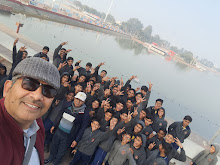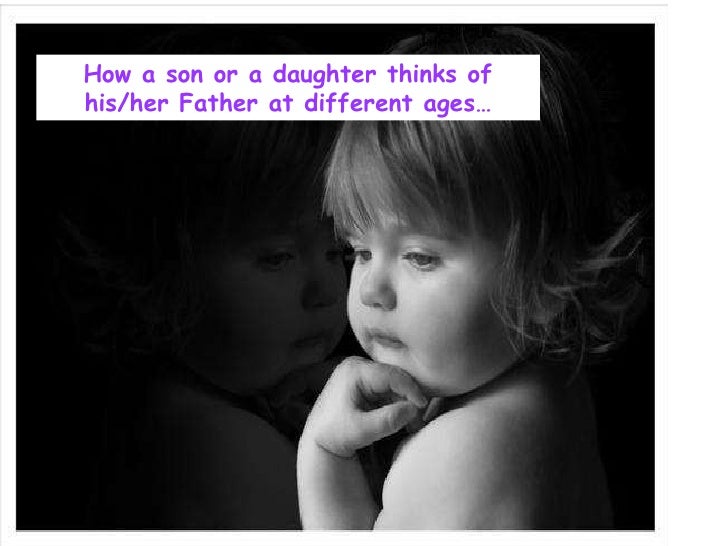स्वयं ऑनलाइन कोर्स- www.swayam.gov.in
ई-पीजी पाठशाला- https://epgp.inflibnet.ac.in/
ई-कन्टेंट कोर्सवेयर फॉर यूज- http://cec.nic.in/cec/
स्वयंप्रभा- https://swayamprabha.gov.in/
विद्वान- https://vidwan.inflibnet.ac.in/
सीईसी-यूजीसी, यू-ट्यूब चैनल- https://www.youtube.com/user/cecedusat
नेशनल डिजिटल लाइब्रेरी- https://ndl.iitkgp.ac.in/
शोध गंगा- https://shodhganga.inflibnet.ac.in/
ई-शोध सिंधु- https://ess.inflibnet.ac.in/
ई-पीजी पाठशाला- https://epgp.inflibnet.ac.in/
ई-कन्टेंट कोर्सवेयर फॉर यूज- http://cec.nic.in/cec/
स्वयंप्रभा- https://swayamprabha.gov.in/
विद्वान- https://vidwan.inflibnet.ac.in/
सीईसी-यूजीसी, यू-ट्यूब चैनल- https://www.youtube.com/user/cecedusat
नेशनल डिजिटल लाइब्रेरी- https://ndl.iitkgp.ac.in/
शोध गंगा- https://shodhganga.inflibnet.ac.in/
ई-शोध सिंधु- https://ess.inflibnet.ac.in/










































